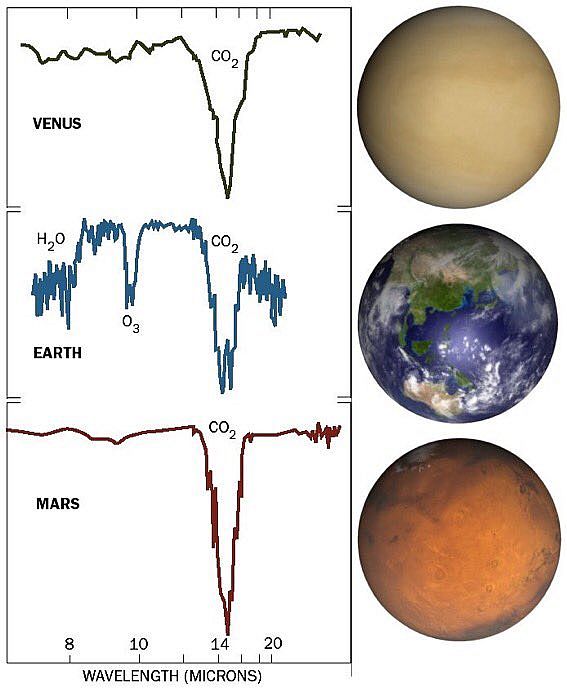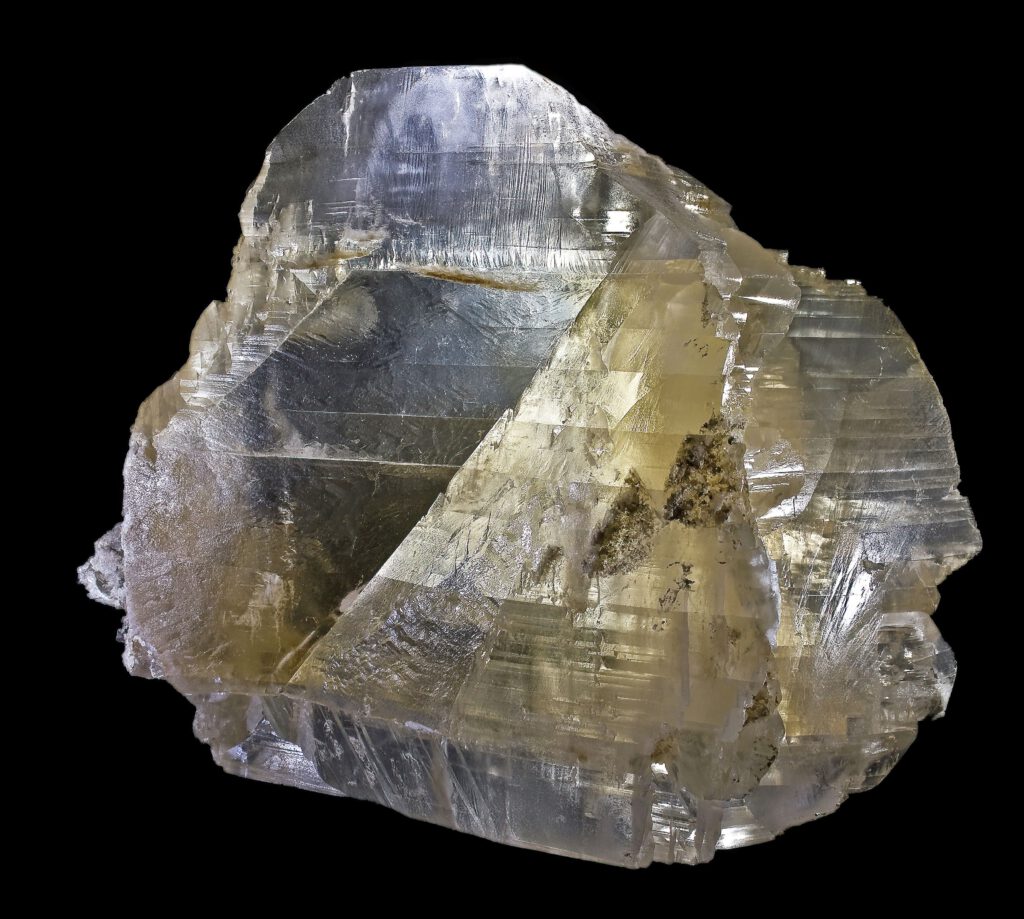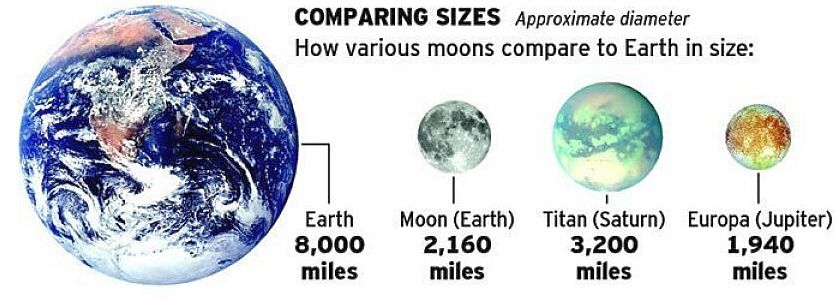Some of the text below is from an article on the site of the Scientific American of November 10, 2021.
Sparked by major advances in their field, astrobiologists are grappling with how best to discuss possible breakthrough discoveries with the public.
Relatively soon, some prominent astrobiologists say, we will most likely have either found compelling evidence for extraterrestrial life or banished its possible existence to the ever shrinking edges of the cosmos beyond the rapidly expanding reach of our observations. Such answers could come by the end of the 2030s from any of a number of initiatives ardently seeking alien life. By then, samples from Mars from NASA’s Perseverance rover will have arrived back on Earth, perhaps containing concrete proof the Red Planet once harbored organisms or still does today. Spacecraft at Jupiter’s Europa and Saturn’s Titan will be scouring both moons for signs of life residing in each world’s subsurface ocean or, in the case of Titan, on the surface itself. And advanced telescopes on the ground and in space should be probing the atmospheres of potentially habitable exoplanets around nearby stars, looking for any that share the same biology-infused cocktail of gases as our own living Earth.

How to communicate?
As confident as astrobiologists may be that their quest will soon bear fruit, however, they are far less certain of how to communicate that success if and when it occurs. How should they go about informing the world that we are truly not alone in this universe—especially given their field’s long, troubled history of dubious claims and false alarms? They have been fooled before, after all.
Last month in the journal Nature, a group of scientists came to grips with the problem. Led by NASA’s chief scientist James Green, the group proposed a new framework to help verify and then communicate the detection of biosignatures beyond Earth like the Torino scale for assessing the danger of asteroids. Their idea is to use a scale, from level 1 to level 7, that will allow confidence in any given case to be gradually increased.
Confidence of life detection scale
Thgis scale is known as the “confidence of life detection,” or CoLD, scale, its initial steps would merely reflect confirmations that a result is not linked to contamination or some obviously abiotic origin, whereas its final levels would represent robust follow-up observations solidifying a link to life. “These things are complex,” Green says. “But we really need to be able to communicate it simply.”

There is no shortage of cautionary tales from previous efforts to publicize apparent breakthroughs.
In 1996 President Bill Clinton heralded the discovery of a meteorite from Mars, ALH84001, that appeared to contain signs of life. “If this discovery is confirmed, it will surely be one of the most stunning insights into our universe that science has ever uncovered,” he said in a speech at the White House. The finding was not confirmed: later analysis poured cold water on the tentative evidence of Martian life.
Luckily astrobiology’s positive public perception emerged relatively unscathed. Yet a repeat of that incident could now have disastrous consequences. “Today we have social media, so rumors, innuendo and purposely false information propagates like wildfire,” says former NASA chief historian Steven Dick. “[It’s] all the more reason to communicate effectively.”
Life on Venus?
More recently, the supposed detection on Venus of atmospheric phosphine, a possible biosignature gas, had many suggesting a biological origin, but that detection has itself since been called into question. More outlandish ideas, such as the suggestion that the interstellar object Oumuamua found in our solar system in 2017 may have been an alien spacecraft rather than an asteroid or comet, have been met with widespread disdain from scientists and have the potential to dampen confidence in genuine detections of life. The CoLD scale could prevent scientists from “crying wolf” in this manner, Green says, because any overly cavalier claims would not pass the more stringent tests required to progress up the scale. “Life detection measurements can be sensationalized,” he says.
Detection of biosignature
Deciding how to approach actual detections of biosignatures is a topic other scientists have been considering, too. In July scientists met virtually at the Standards of Evidence for Life Detection workshop, led by NASA’s Network for Life Detection (NfoLD) and Nexus for Exoplanet System Science (NExSS),to discuss the idea of establishing a framework much like CoLD. Hundreds of scientists took part, with many in favor of more rigorous communications protocols. “The potential for us to actually have some sort of interesting life detection event on another world is becoming greater,” says the workshop’s co-chair Heather Graham of NASA’s Goddard Space Flight Center. “We want to get ahead of that.”

Rule out contamination
If scientists were to adopt the CoLD scale, the first of its be seven steps, or levels, would be the actual detection of a potential biosignature. Next, scientists would need to rule out contamination before demonstrating how the signal could be biological in origin. Nonbiological sources would then need to be ruled out, followed by an independent additional detection of a similar biosignature.
Further observations would need to rule out nonbiological ideas before, finally, follow-up observations showed other examples of biological activity in the same environment, making a detection a level 7 — essentially, proof of alien life.
How do we incentivize people to use a scale?
Part of the hope is that the scientific community at large would agree to use such a scale. Agencies such as NASA might also agree to do so, which would also help dictate future missions. “If we’re stuck at level 4, and we think we can go to level 6 with a mission, I want to fund that,” Green says. Ultimately, once use of a scale like CoLD became ubiquitous, reviewers of journal papers could require authors to include it in any claim of biosignature detection. “One of the things we discussed at the workshop was: How do we incentivize people to use this?” says Victoria Meadows of the University of Washington, who was the workshop’s other co-chair. “The bottom line is that if we don’t have such a scale, then people won’t use it.”
The search for gypsum
The call for such a step-based approach is driven by the unescapable likelihood that any initial detection of alien life is likely to be ambiguous rather than a smoking gun: any glaringly obvious indication of alien life would have been clear by now, decades into the hunt. So more subtle searches based on circumstantial evidence are coming to the fore.
In October, for example, Zoë Havlena, a Ph.D. student at the New Mexico Institute of Mining and Technology, was part of a NASA-funded team that traveled to cave walls in Italy’s Apennine Mountains to collect and study samples of a mineral called gypsum, which is sometimes associated with biological activity and may be present on Mars. “[Gypsum on Mars] may be similar to what we’re seeing in these cave systems,” Havlena says.

Looking for methane and carbon 12
Elsewhere on Mars, NASA’s Perseverance rover is collecting rocky samples to return to Earth in the early 2030s that may contain evidence of life. Its first cache, however, was actually a sniff of the Martian atmosphere, Green says, to tease out whether or not the thin air around the rover contained methane.
Previous missions — as well as telescopes on Earth — have found evidence for occasional bursts of the gas suffusing Mars’s atmosphere. On our planet, methane is replenished by biological activity, and Perseverance’s samples could reveal if the same is true on Mars. Currently on the CoLD scale, methane on Mars would rank at “about a [level] 4,” Green says. But if Perseverance’s sample is found to contain not only methane but methane rich in an isotope called carbon 12, that could change. “Life loves carbon 12,” Green says. “If all the methane in this tube is carbon 12, we just increased our CoLD level by one.” The next step would be to fly across the surface — with a drone like Perseverance’s Ingenuity but bigger — to localize the methane to a source that could be directly investigated.
Europa and Titan
Outside of Mars, the moons of Jupiter and Saturn, Europa and Titan, are promising locations to look for life because of their extensive subsurface oceans and, in the case of the latter, a thick atmosphere and lakes of liquid hydrocarbons. But any evidence found at the two moons is also likely to require careful analysis.
Europa will be studied by NASA’s Europa Clipper mission from 2030 and the European Space Agency’s (ESA’s) Jupiter Icy Moons Explorer (JUICE) mission in 2031, while Titan will play host to a robotic drone — NASA’s Dragonfly — by the mid-2030s. Madeline Garner, a graduate student at Montana State University, is currently investigating whether an instrument could be designed for robotic spaceflight that could identify the existence of DNA and RNA on these and other alien worlds. “Currently there’s no known abiotic source” for DNA and RNA, Garner says. Her research into solid-state nanopore technology, currently used on the International Space Station to sequence DNA, could provide a conclusive detection capability for space probes. “If we find DNA or RNA, we know that’s life,” she says.

Earth-like exoplanets
Beyond our solar system, scientists are preparing for a new era of exoplanet studies that could reveal tentative evidence for life on other worlds. At ESA, work is afoot on the Planetary Transits and Oscillations of Stars (PLATO) mission — set to launch in 2026 — which will seek to find elusive Earth-like worlds orbiting sunlike stars. “We don’t have a clear detection of a rocky planet in the so-called habitable zone of a solarlike star,” says Heike Rauer, head of the Institute of Planetary Research at the German Aerospace Center. PLATO will aim to address that. “The best case will be a real Earth twin: a planet like Earth’s mass and size the same distance from a star like our sun,” Rauer says.
Biosignature gases
If or when such worlds are found, sophisticated orbital observatories currently being discussed — beyond the realm of NASA’s James Webb Space Telescope, scheduled to launch this December — could lavish them with deeper scrutiny. Such telescopes could include a multi-billion-dollar project now being considered by NASA, perhaps launching in the 2040s, that could directly image Earth-like planets around sunlike stars, crudely sniffing their atmospheres for signs of habitability and life and even mapping their surfaces. “We could see when the oceans are underneath us versus the continents and potentially a forest signature on the land surfaces,” says Shawn Domagal-Goldman, acting deputy director of the Sciences and Exploration Directorate at NASA’s Goddard Space Flight Center. If some verdant aqueous world also displayed biosignature gases such as oxygen and methane, many researchers would be convinced their long search for life had been successful. “It would be very difficult to observe a planet with the composition of Earth’s atmosphere and figure out ways for nonlife processes to produce that,” says Giada Arney, an exoplanet scientist at Goddard.
It feels like we’re not alone
A framework like CoLD could go a long way to helping anyone, from scientists to journalists to the general public, assess how excited to be about such detections. But not everyone is convinced by the idea.
Caleb Scharf, director of astrobiology at Columbia University, doubts that researchers could control the narrative and is uncertain whetherthe public would comprehend the carefully constructed messaging. “I question whether or not the scientific community is really in control of that,” he says. “Just look at the last 20 months with COVID, where time and time again, we’ve been presented with statistics and probabilities, and we’re all horrible at interpreting that stuff.” What is certain, though, is that things are progressing apace. “We’re in a very different situation than even 10 years ago,” Scharf says. Research across a range of fields, from examining caves on Earth to visiting distant worlds, is on the cusp of bringing us closer to the discovery (or continued refutation) of alien life than ever before.
Deciding how to communicate such a thing to the world, whether through a framework like the CoLD scale or otherwise, is something that may well be worth discussing sooner rather than later. “It feels like we’re not alone,” says Graham Lau, an astrobiologist at the Blue Marble Space Institute of Science in Seattle. “If there is life out there, we must be close right now.”